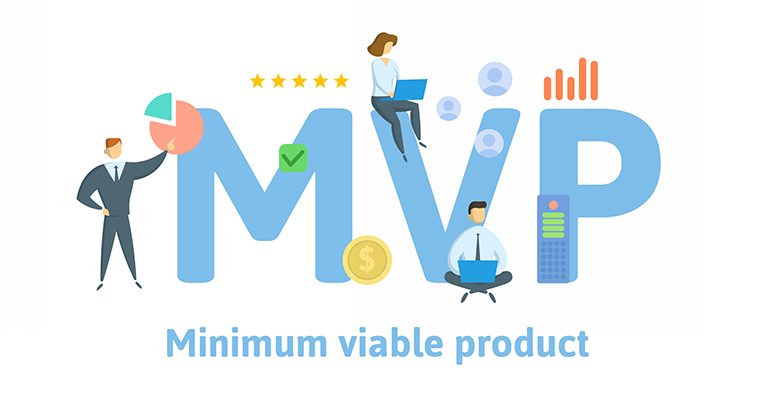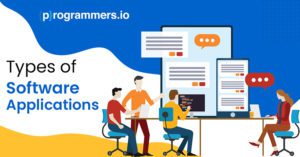A minimal viable product or MVP is a basic variant of a product with all the basic and minimal features included within it. The minimal features set the value proposition of the product for the future. A minimal viable product is set with the basic intent of establishing a faster time to market and attracting all early adopters.
As soon as an MVP is established and launched, initial feedback is recorded on it. This initial feedback allows organizations to fix bugs in the MVP before the main launch and work on what the early adopters suggest.
The MVP method of market entry is feasible for businesses as it allows businesses to make an appropriate entry into the market. This entry makes way for a competitive advantage. The MVP also enables early testing of the idea, which is used to check the efficiency of the product when it comes to efficiently solving problems. The MVP also helps organizations move towards full-fledged product development based on feedback and suggestions from early adopters.
Purpose and Benefits of an MVP
The purpose of an MVP is to help quickly launch a product within a small budget and to get feedback on it quickly. This process can come in handy for businesses to collect feedback from users and include that feedback within all product iterations. An MVP basically allows businesses to create the right ideas, find the perfect audience for their product and save time in the long run.
Building an MVP bridges the gap between what the business is actually developing and what customers want and expect from it. Some of the benefits that come with developing an MVP include:
Build a Strong Core
An MVP allows businesses to build a strong core for their product. The ideology is to initiate a lean startup with a minimal budget within the given time. A product with minimum features can reduce the cost of development and can help bring feedback without wasting budget. It also allows businesses to test the core during the early stages and strengthen it further.
Gather Market Validation
Startups can gather market validation through an MVP. The right MVP can help businesses identify whether their app is perfect for the target market. The MVP acts as a representation of the company’s brand and should be unique in comparison to what other competitors in the market offer.
Takes Less Time and is Budget Friendly
Not only does an MVP take less time to develop, but it is also comparatively budget friendly. The reduced development time means lower costs, which makes the MVP budget friendly as well. This eventually allows organizations to improve their app further and eventually roll out an updated and final version.
Steps to Build a Minimum Viable Product
Some of the steps businesses can follow to build an MVP include:
Start with Market Research
The very first step in the process is to do some market research. Before you can embark on the development process for your MVP, you should look to meet user needs. Surveys, questionnaires and other feedback forms can help generate suggestions and opinions before the MVP is rolled out.
Once you are doing your initial research, you should also look at what your competitors are offering and how your idea can stand out. Look for ways that make you different from the others because offering the same product or service, without variations, in an already saturated market is a recipe for failure.
Focus on Value Addition
The second step for you is to focus on value addition and identify the value your product offers to customers. Identify ways that your product can stand out and how it benefits employees. Why should customers try your product? How do they get to value from it? What is the value proposition of your app or product?
Map out a User Flow
The design is an important part of an MVP, especially if you are developing an application. The app you develop should be convenient to use for all users and should be perfect for them. Look at the application from your users’ perspective. Be ready to critically analyze and think through all steps of the process, including opening the app to making a purchase on it.
You can define the user flow better by identifying the stages involved in the process. It is necessary that you focus on the basic cores of each process and replicate them within your application. Be aware of the goals all end users have while using the application.
Prioritize MVP Features
You should prioritize all the features that your MVP should preferably have. Categorize the information in the MVP, and list down all high priority core features that you would want in it. You can create a prototype for your MVP if you want somewhere to kick start the idea.
Launch MVP
The next step in the process is to launch your MVP in the market. Once you have decided on the main features of your MVP and have studied the market needs in full, you can create your MVP. Your MVP shouldn’t compromise on quality and should have the same quality as your final product. It must be extremely easy to use and should be suitable for all kinds of users. The launch should be followed up with feedback and suggestions from users.
This article summarizes the process for building an MVP, along with the purpose that it carries. We hope you have a better understanding of the process now and can work on the steps at your end.




